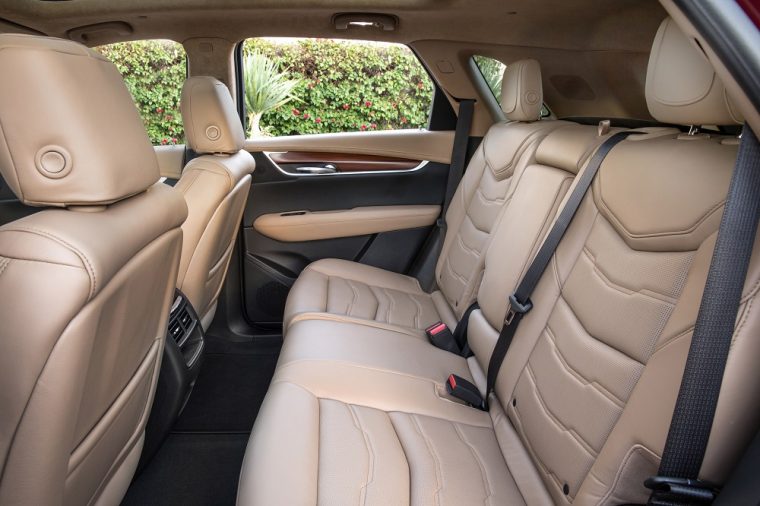Study: Better Safety Measures Needed for Rear Passengers

The Insurance Institute for Highway Safety issued a challenge to automakers this week, saying that safety restraints for rear-seat passengers haven’t kept pace with front-seat protections.
The source of this claim is an IIHS study looking at 117 frontal crashes that killed or seriously injured rear passengers who were wearing seat belts. In these crashes, front passengers typically suffered injuries that were less severe.
According to the study, front-seat passengers have benefited greatly from crash tensioners that tighten seat belts around them during frontal collisions. These tensioners, along with seat-belt force limiters and frontal air bags, protect front passengers from slamming into the steering wheel or dashboard during a crash — helping to cut the risk of serious injuries to the chest and head.
However, rear seat belts often don’t have tensioners and force limiters. Rear seats don’t have frontal air bags either, although passengers do get some protection from side air bags.
Frequently Asked: Get answers to common car financing questions

“Manufacturers have put a lot of work into improving protection for drivers and front-seat passengers. Our moderate overlap front crash test and, more recently, our driver-side and passenger-side small overlap front tests are a big reason why,” said IIHS President David Harkey. “We hope a new evaluation will spur similar progress in the back seat.
IIHS notes that adding force limiters and crash tensioners to rear seat belts could be a potential solution, or even inflatable seat belts. However, the organization isn’t making any specific recommendations yet.
“We’re confident that vehicle manufacturers can find a way to solve this puzzle in the back seat just as they were able to do in the front,” Harkey said.
To help automakers in their efforts, IIHS is developing a new frontal crash test that can be used to evaluate how well vehicles protect rear passengers — and perhaps lead to safer conditions for all vehicle occupants.
Buying vs. Leasing: Which option is right for you?
News Source: IIHS

The News Wheel is a digital auto magazine providing readers with a fresh perspective on the latest car news. We’re located in the heart of America (Dayton, Ohio) and our goal is to deliver an entertaining and informative perspective on what’s trending in the automotive world. See more articles from The News Wheel.

